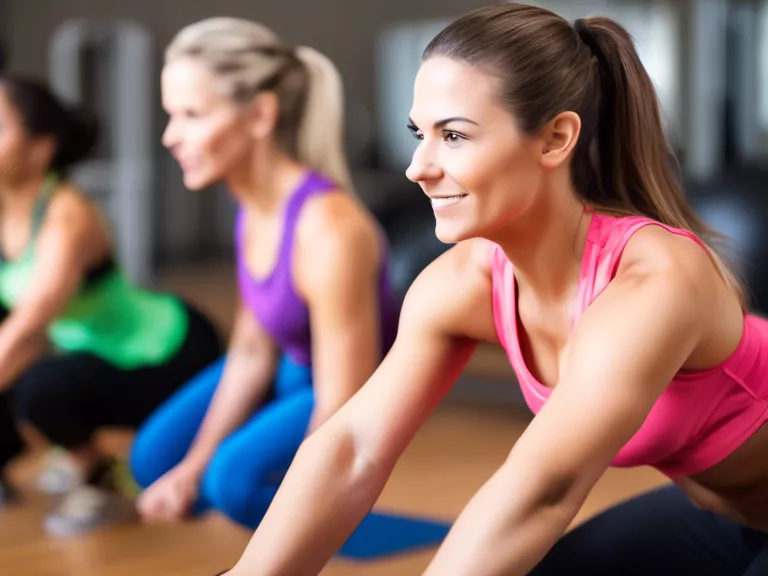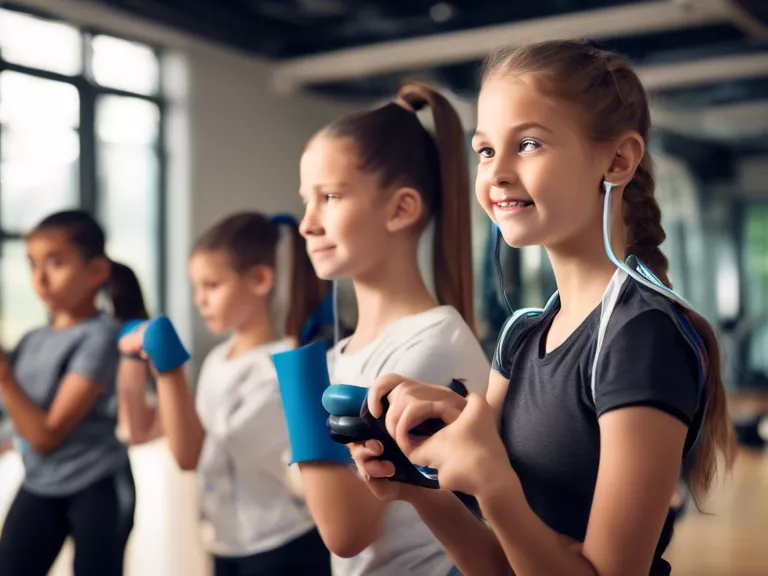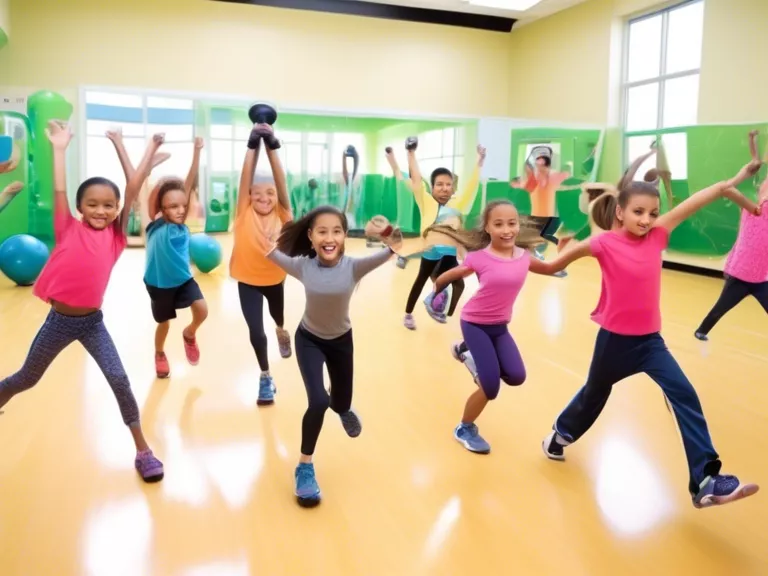
Introduction
Physical fitness plays a crucial role in the overall well-being of individuals, including educators who are responsible for shaping the minds of future generations. Empowering educators with fitness strategies not only enhances their own health and wellness but also positively impacts their ability to teach effectively. In this article, we will explore the importance of fitness for educators and provide practical strategies to help them integrate physical activity into their daily routines.
The Importance of Fitness for Educators
Educators have demanding and often stressful jobs that require high levels of focus, energy, and resilience. Physical fitness is key to maintaining optimal health and mental acuity, which are essential for meeting the challenges of the classroom environment. Regular exercise has been shown to improve cognitive function, reduce stress levels, and increase overall well-being. By prioritizing fitness, educators can enhance their ability to manage classroom dynamics, engage students effectively, and sustain their energy throughout the day.
Strategies for Integrating Fitness into Educators' Lives
1. Schedule Regular Exercise Sessions
Encouraging educators to schedule dedicated time for exercise can help them prioritize fitness amidst their busy schedules. Whether it's a morning jog, lunchtime yoga session, or an evening workout, carving out time for physical activity can have a significant impact on their overall health and productivity.
2. Incorporate Movement Breaks into the School Day
Educators can incorporate short movement breaks into their daily routines to keep their energy levels up and promote physical activity among students. Simple activities like stretching, walking around the classroom, or leading quick exercise sessions can help educators stay active and engaged throughout the day.
3. Embrace Active Teaching Strategies
Integrating movement-based activities into lesson plans can make learning more engaging and interactive for students while keeping educators physically active. Strategies like incorporating dance, yoga, or outdoor activities into lessons can benefit both educators and students by promoting physical fitness and academic achievement.
4. Utilize Fitness Apps and Resources
There are numerous fitness apps and online resources available that offer convenient workout options for educators with varying fitness levels and preferences. From guided workout videos to fitness tracking apps, educators can leverage technology to stay motivated and accountable in their fitness journey.
Benefits of Empowering Educators with Fitness Strategies
Empowering educators with fitness strategies not only enhances their own health and well-being but also has a ripple effect on the school community. Educators who prioritize fitness serve as positive role models for students, promoting healthy lifestyle habits and reinforcing the importance of physical activity. Additionally, physically active educators are better equipped to manage stress, maintain focus, and cultivate a positive classroom environment conducive to learning.
Conclusion
Incorporating fitness strategies into the lives of educators is essential for promoting their overall health, well-being, and effectiveness in the classroom. By prioritizing physical activity, educators can improve their cognitive function, reduce stress levels, and set a positive example for students. Empowering educators with fitness strategies is not just about individual wellness but also about creating a healthy and vibrant school environment that fosters learning and growth.

